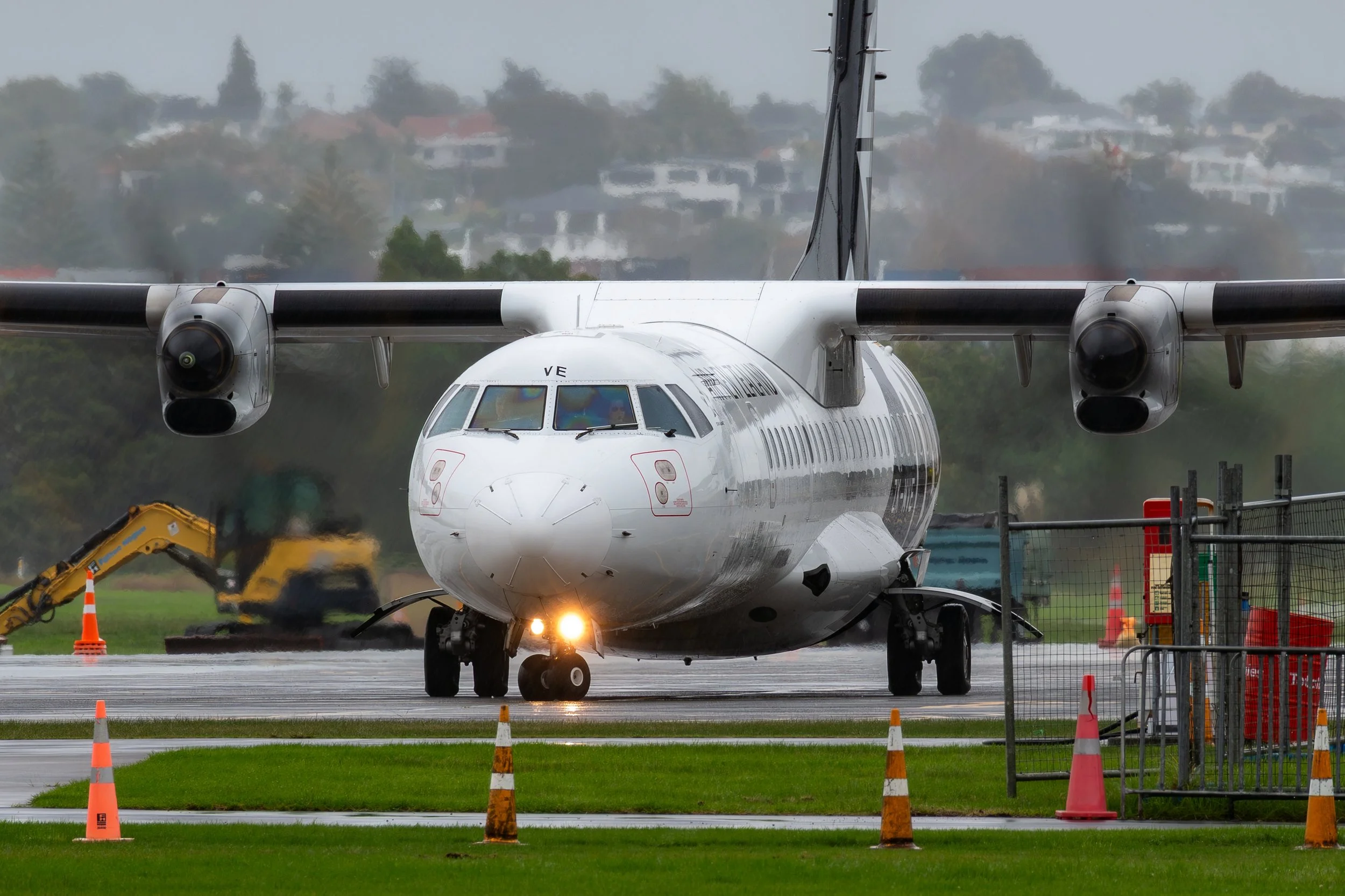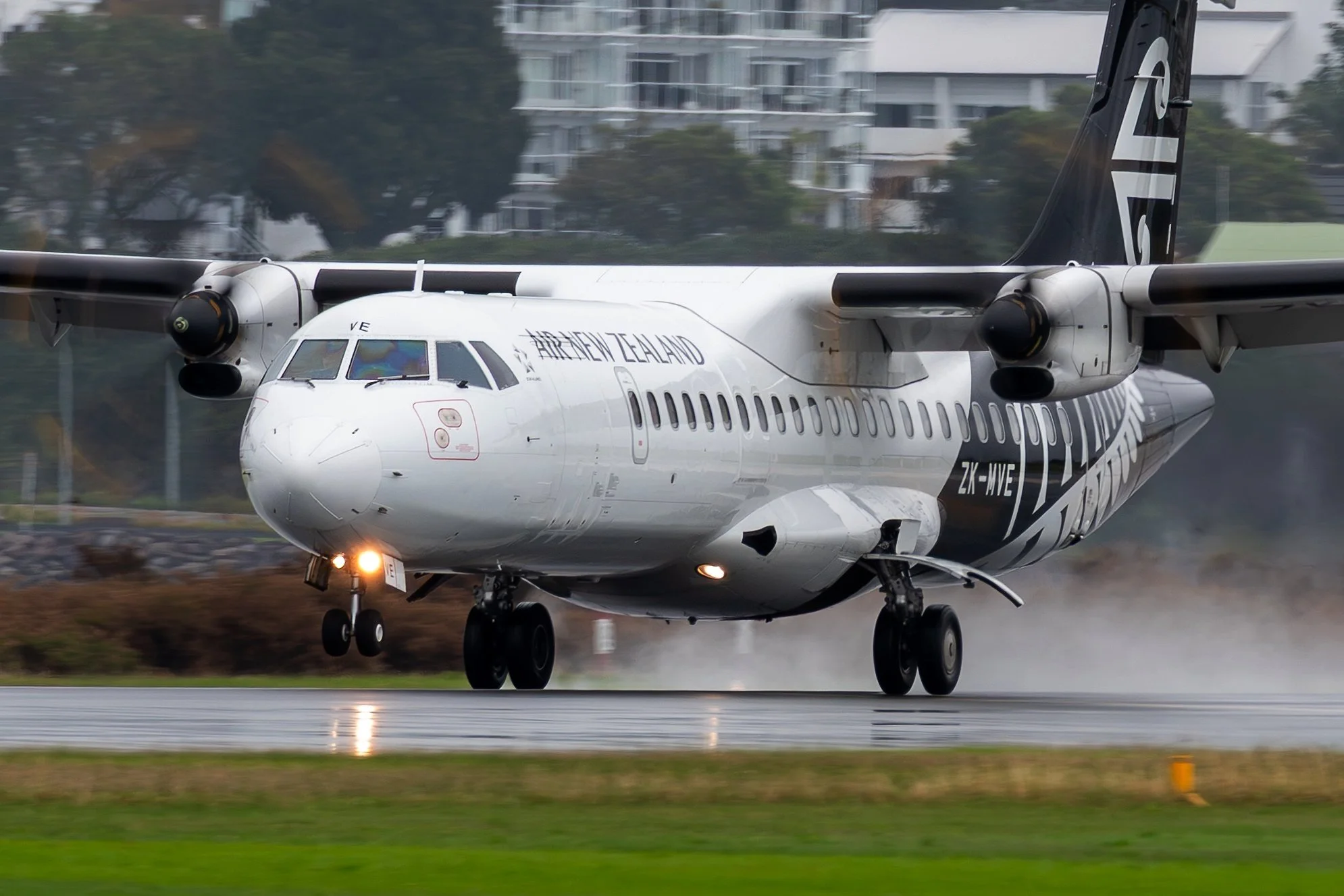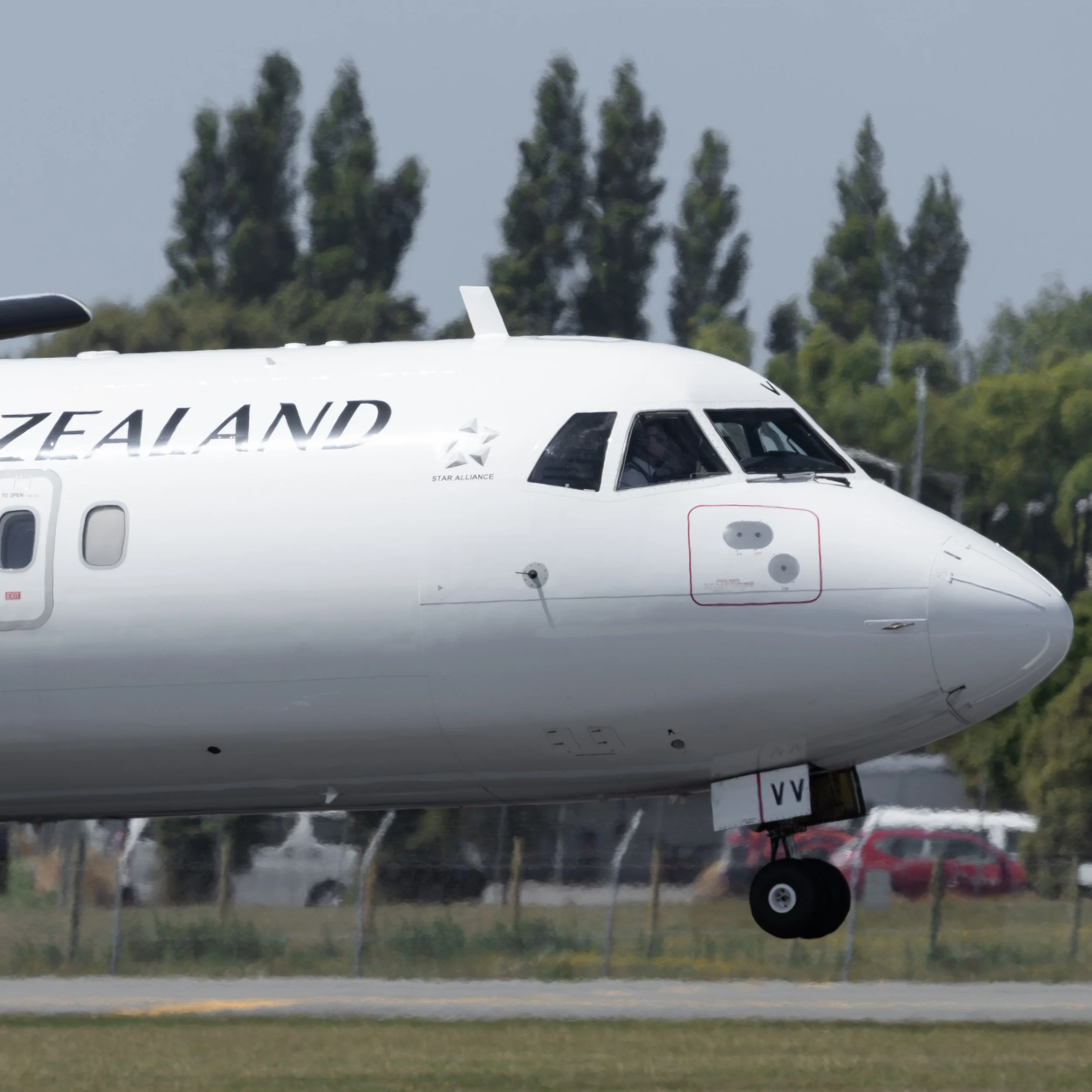Achieving the Dream - Reaching the Airline Career
It is our utmost pleasure to reintroduce Tom Koppen who wrote a blog for us whilst flying as a First Officer on an aeromedical configured King Air.
Whilst not one of our winners - he was too far along before we got going - we have watched his progress with close interest. He now has successfully transitioned to First Officer on the ATR 72 600 flying for Air New Zealand. Naturally, we are chuffed.
If you’d like to read about Tom’s progress in chronological order, here’s his previous article that he wrote for us some time ago - https://www.pauwelsflyingscholarship.co.nz/blog/now-is-the-perfect-time-to-become-a-pilot
Here, Tom kindly takes us through the journey of achieving his new found role.
Take it away Tom-
Tom - in his previous role and loving every minute of it!
The last time I contributed to a blog, I was racing around in the Beechcraft King Air, an absolute workhorse for aeromedical operators in New Zealand. All the skills, both physical flying and interpersonal, set me up to chase my dream job, with Air New Zealand.
John asked if I could talk about my training on the ATR72-600, but before I do a deep dive into arguably the hardest type rating I have done to date, I want to say thank you.
Thank you to all the mentors, who were always free to take a quick call and answer those crazy questions. To my friends who kept assuring me that I could do it, even when I would drive myself to overstudy (yes apparently that is a thing?!?!?) and finally to the Captains, First Officers and staff at Skyline Aviation who challenged me to get better. As a collective you have helped greatly to get me to where I am.
Now to the interesting bit - The Training!
Up until this point, most of my type ratings were a couple days of ground school dealing with systems and aircraft performance, then straight into the machine and cover all the required maneuvers, both normal and abnormal till competent. A rather straight forward process.
During the first day of ground school the plan was laid out in detail, which roughly equated to a month in the classroom, a month in the flat panel trainer (procedural trainer) and finally a month in the sim. Keep in mind there were weekends and other periods off, as it was pointed out that rest was important - so we could be at our best.
After all this we would begin line training and training would end with our final “line check”.
MVE taxiing in the rain at Tauranga - Photo by Warwick Hamilton
The Classroom:
Interestingly, the initial part of the classroom learning was self-driven, we completed an ATR training module called ACOS. This program covered every possible system on the ATR and at the end of each module a small test to check you didn’t fall asleep staring at the screen. Managing the ACOS course ourselves was a breath of fresh air from general aviation, we could get up, stretch our legs and get a glass of water to manage any restlessness from sitting behind a computer screen. After completing the computer-based learning we had a small period to study for the final systems exam.
The following weeks covered other topics ranging from emergency equipment, human factors, dangerous goods and more, each with their own exam.
I should also mention the whole time we had instructors right there, ready to answer any questions and provide real world context for the systems.
A particular event comes to mind when a classmate was unsure about the oxygen mask system as they had never used one before. The instructors’ eyes lit up, almost as if they had been dying for someone to ask about it. Leaping out from behind the desk they grabbed an oxygen cylinder, cracked the valve and lifted a grey box which housed the oxygen mask while triumphantly saying, “have a go!”
So, one by one we all got to try on the oxygen mask. That practical learning really solidified what we had learned from the study material. This also broke up what could have been, death by a thousand Powerpoints!
Alas, all good things must come to an end. We said goodbye and thanked our classroom instructors and we moved on to the panel trainer.
MVE nose up for take off - photo by Warwick Hamilton
The Panel Trainer
The flat panel trainer is designed to help students get up to speed with procedures before jumping into the sim. With sim time more valuable than gold, you don’t want to spend half of it trying to start an engine!
So, our lives were spent going over procedures repeatedly until we were eventually doing full flights. Again, we were under the guidance of an instructor who had all the right tips and tricks on how to learn this seemingly endless list of procedures.
Along the way, the instructors would show us something they saw out on day-to-day operations or would show how quickly events can happen. For example, we saw an abnormal engine start and how quickly the ITT (engine temperature) can quickly get out of hand.
The panel trainer also had above the main instrument panel, a schematics screen where we could look at a live schematic of a system and consolidate our learning from the classroom.
MVE away for drier climes - photo by Warwick Hamilton
The Simulator
Now for the moment of truth, the last two months of preparation, all the memorizing, all the questions, to finally count down to the final check.
The full motion simulator is an engineering masterpiece, it allows trainees to feel (as close as possible) how the aircraft behaves while still being planted safely on the ground. Motion is created by hydraulics reacting to the inputs by us as the pilots or environmental settings created by the instructor.
Admittedly, the first five minutes of taxiing out or taking off I had to get used to the motion, but by the second or third sim session I had gotten used to it. The simulator sessions ran for four hours with a time either side to chat and debrief about what happened. Sim training takes place almost 24/7 and you can find yourself either being up super early or finishing super late. Fatigue management was highlighted early in the training, and it counted now more than ever!
Without giving too many secrets away, the training consisted of several sim sessions, resulting in a final check. The difficulty is exponential, starting with basic handling and introduction to systems we may not have seen before like an FMS (Flight management system.) By the time you get to your final check you have covered many abnormal events which most certainly cannot be recreated out in a live aircraft, engine fires/failures at takeoff, depressurization, smoke in the flight deck and more!
Instructors often said the training was like drinking from a fire hydrant and to a degree that is accurate, for those who have completed an instructor’s rating will know the feeling.
With that being said, it is still achievable, it does require a bit of forward planning and plenty of study. While studying, I would always check what was coming up in the next 3-4 sessions so that when the day came it was not a complete surprise.
But enough doom and gloom! The process was super rewarding and by the time the final check came through, you felt quietly confident that you would do well in the check. As we progressed it was very rewarding to see it all come together and what seemed like alligator wrestling the aircraft during an engine failure at V1, now seemed straight forward, to the point that during a normal take off, we were itching at the bit to kick in the required rudder to counter any yaw.
A personal highlight/favorite would be the low visibility operations. It was a new set of procedures, sure, but there is something exciting about going right down to MDA/DA, unsure if you will see the runway, or commence a go around.
Tom at the controls landing MVV in CHC - Can you see his grin? Photo courtesy of one our previous winners - Hamish Kirk,
Line training
With the simulator (affectionately known as the sweat box) now behind me, it was time to jump into the real deal. After a couple of flights in the jump seat to get familiar with day-to-day operations, it was all go go go!
For the next one hundred hours I would be flying under the watchful eye of line training captains and examiners. Each sector was spent discussing various topics, everything from aircraft systems, bad weather avoidance, diversion scenarios and FMS manipulation just to name a few. The training captains were a gold mine of knowledge, I cannot thank them enough for putting up with my barrage of questions!
I was quite lucky that my line training fell in spring, I was exposed to quite a variety of scenarios and weather conditions, all while having the safety of a highly experienced captain with me. Being able to battle strong crosswinds, escape icing and even windshear conditions was a huge confidence boost thanks to the trainers.
While line training was a lot of work, with large days and varying shifts to meet the training time frame, it did have its benefits. It was my first introduction to “overnights,” staying in new places and exploring parts of the country I had never been to before was a real treat, flying at night was also a highlight as we managed to witness the Aurora Australis!!
Once I met the 100 hr requirement, it was time to do my line check. A day with an examiner, reviewing the topics mentioned during the training, and checking that the real-world techniques I had developed were safe and ready for normal operations. Gladly this check went without any issues, and I was checked to line.
Tom with his trusty steed. A bona fide Airline Pilot. Yuss!
What’s next?
The training doesn’t stop there! As many of the captains have pointed out, every day is a learning day. Each day is different and presents new and exciting challenges to figure out. While I can say I have flown most of the routes on the turboprop network, no one sector is the same. I am also yet to meet everyone on the ATR fleet!
Flying with an airline means that throughout the year, for the rest of one’s career, they must do several qualification reviews, for example dangerous goods, and simulator sessions to ensure the flying skills are safe. There are also many non-flying roles that can be pursued within the airline which can add variety and value to the role.
It is hard to believe that all this has transpired in only a few months! It wasn’t that long ago that I was loading patients and bags onto the King Air, now I must safely land an aircraft with up to 68 passengers in the back! Who knows what will happen next!






